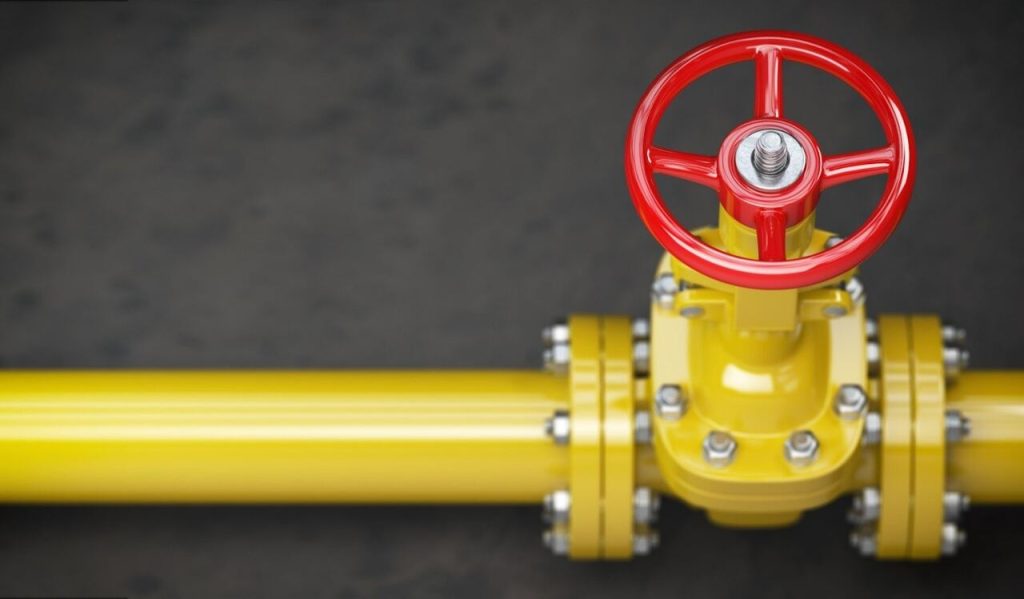We all use stuff that runs on gas, right?
Well, there’s this thing called a ‘gas control valve,’ and sometimes it can give us a bit of a headache. But don’t worry, we’re going to look at some common issues that crop up and how to deal with them.
It’s important to keep things safe, so we’ll talk about that too. So, let’s get started with troubleshooting common issues with your gas control valve.
Unsticking Your Gas Control Valve
When a gas control valve gets stuck, it can prevent the flow of gas to your appliance. This is often caused by debris or dirt getting lodged in the valve. To fix this issue, you will need to disassemble the valve and remove any obstructions. Follow these steps to do so.
First, turn off the gas supply to your appliance. Locate theom gas control valve. It is usually located near the gas supply line. Finally, use a wrench to loosen and remove the nut that connects the valve to the supply line.
Find Out if Your Gas Valve is Leaking
A gas valve leak can be a serious safety concern. If you suspect that your gas valve is leaking, mix some soap with water and apply it to the connections of your gas valve.
Turn on the gas supply and look for bubbles forming on the connections. This indicates a leak. If there is a leak, tighten the connections and repeat the test. If the issue persists, you may need to replace the valve.
Boosting Your Gas Flow
If you have noticed a gradual reduction in gas flow, it may be an indication of a clogged valve. To address this issue and enhance gas flow efficiency, it is recommended to follow a few simple steps.
First, ensure that the gas equipment supply is turned off. Next, carefully disassemble the valve, taking care to handle each part with caution. Using a soft brush or cloth, meticulously clean each component to remove any debris or obstructions.
Once all parts have been thoroughly cleaned, reassemble the valve diligently, ensuring proper alignment and connection. Finally, turn on the gas supply and enjoy improved gas flow performance.
Changing Out Your Gas Control Valve
If you have tried troubleshooting and your gas valve still isn’t working properly, it may be time to consider replacing it. Start by turning off the gas supply to ensure safety. Next, using an appropriate wrench, carefully disconnect the old valve from the gas supply line.
Take note of any seals or fittings that may need to be replaced as well. Now, it’s time to connect the new valve securely to the gas supply line. Use the wrench to tighten the connections, ensuring a proper and leak-free fit. Finally, before fully restoring the gas supply, it is crucial to test the newly installed valves to ensure it is functioning correctly.
Learn How to Troubleshoot Gas Control Valve
Wrapping up your gas control valve is super important. Remember, it’s like the traffic cop for your gas supply. If it’s stuck or leaky or just not doing its job right, your gas stuff won’t work. But you got this!
Just follow the steps we talked about, and you’ll have it fixed in no time. Be super careful. Gas isn’t something to mess around with. If you’re not sure, or if it seems too tricky, call a pro. Safety comes first, always.
Did you find this article about gas valve problems helpful? Check out the rest of our blog for more!
